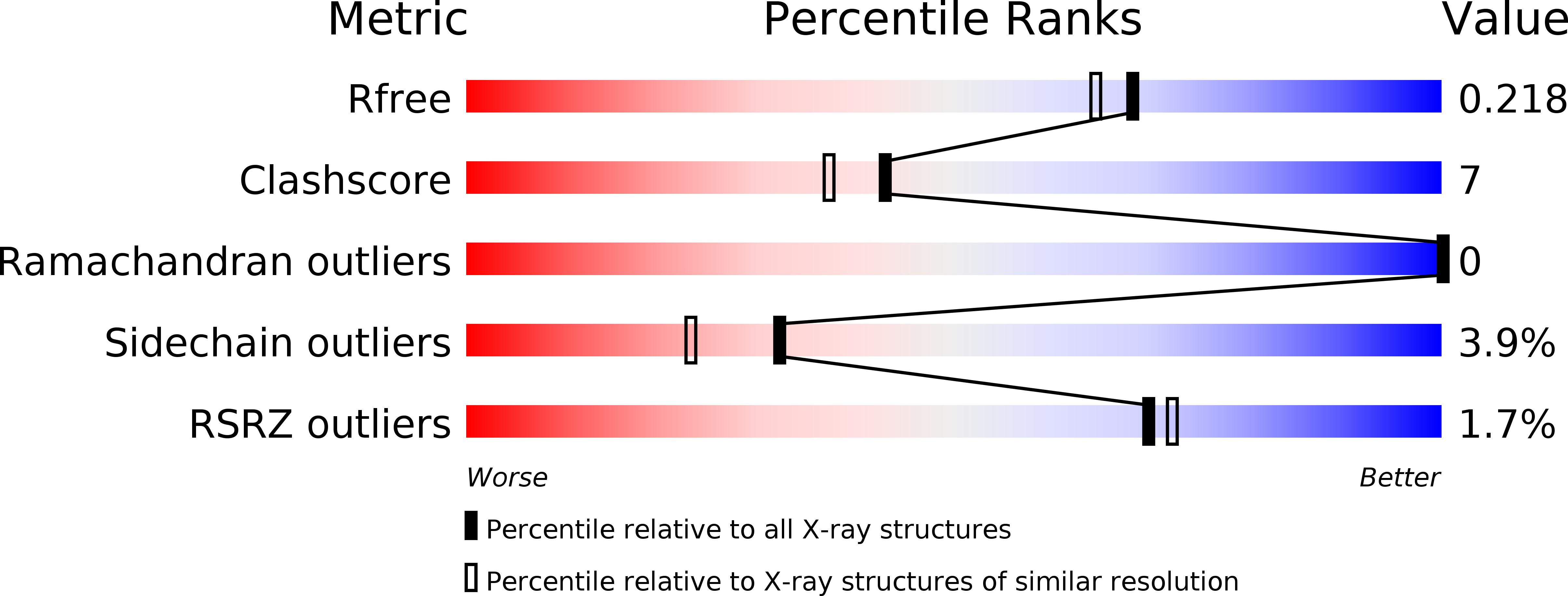
Deposition Date
2008-11-11
Release Date
2009-11-10
Last Version Date
2023-09-06
Method Details:
Experimental Method:
Resolution:
1.90 Å
R-Value Free:
0.21
R-Value Work:
0.17
R-Value Observed:
0.18
Space Group:
P 1 21 1


